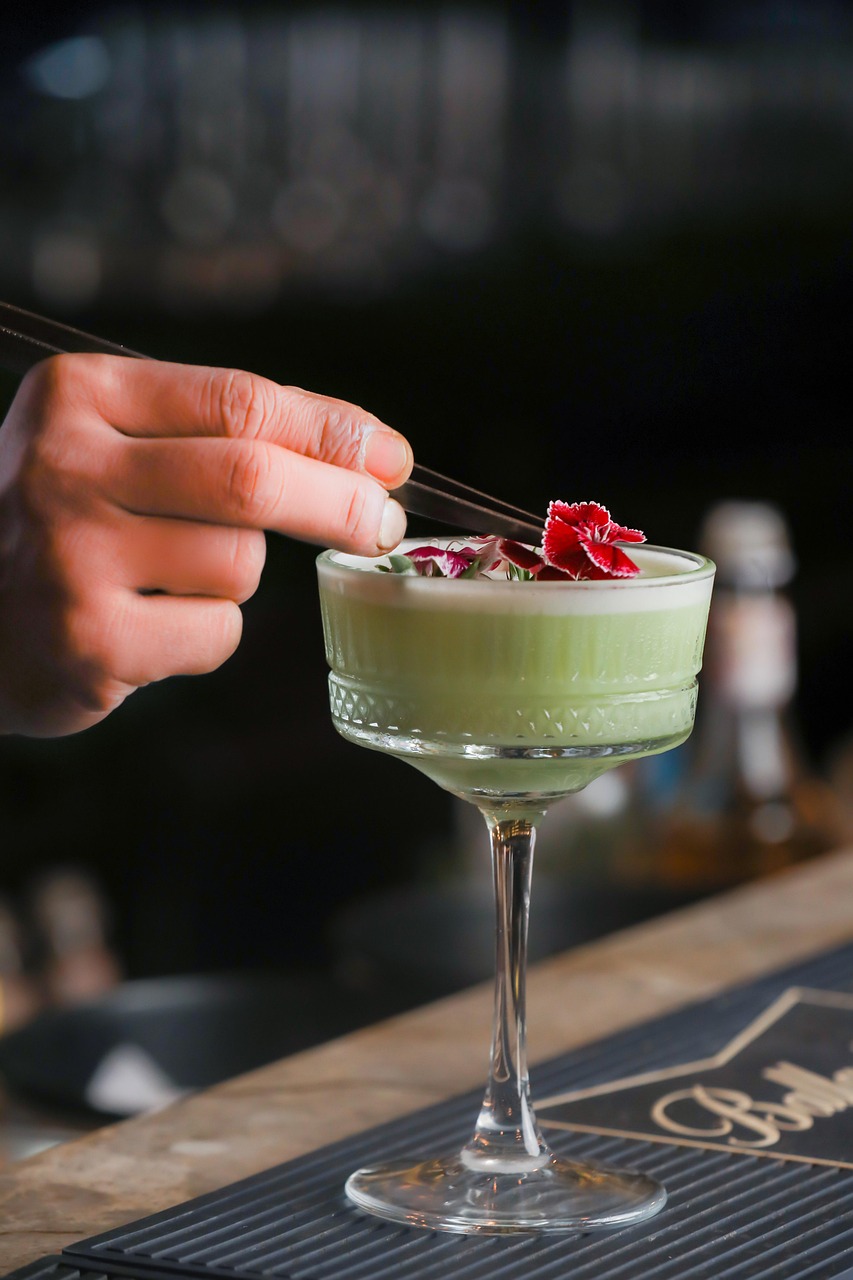Savoring the Smoky Delights: A Journey into Mezcal's Mystic World
Embark on a sensory adventure as we delve into the enchanting realm of mezcal, Mexico's most enigmatic spirit. From its ancient roots to modern-day mixology, discover how this complex elixir is captivating palates worldwide and reshaping cocktail culture. Prepare to be intrigued by mezcal's rich history, unique production methods, and tantalizing flavor profiles.

The word “mezcal” comes from the Nahuatl words “metl” and “ixcalli,” meaning “oven-cooked agave.” This name hints at the traditional production process, which involves roasting the agave hearts in underground pit ovens, imparting the signature smoky flavor that mezcal is known for. This method has been passed down through generations, preserving the spirit’s authenticity and cultural significance.
The Artisanal Production Process
At the heart of mezcal’s allure is its artisanal production process, which varies from region to region but generally follows time-honored techniques. The journey begins with the harvesting of mature agave plants, some of which can take up to 30 years to reach maturity. The agave piñas, or hearts, are then roasted in underground pits lined with hot rocks, a process that can take several days.
After roasting, the piñas are crushed, traditionally using a stone wheel pulled by a horse or donkey. The resulting mash is then fermented in wooden vats, often using wild, airborne yeasts. Finally, the fermented liquid is distilled, usually twice, in small copper or clay stills. This labor-intensive process, often carried out by small family-run operations, results in small batches of high-quality mezcal, each with its own unique character.
A Symphony of Flavors
One of the most captivating aspects of mezcal is its incredibly diverse flavor profile. Depending on the type of agave used, the terroir, and the production methods, mezcal can offer a wide range of tasting notes. While the signature smokiness is often present, it can be accompanied by fruity, floral, earthy, or even umami notes.
Espadin, the most common agave variety used in mezcal production, often yields flavors of tropical fruits, citrus, and herbs. On the other hand, rare varieties like Tobalá can produce more complex profiles with notes of leather, tobacco, and minerals. Some mezcals even incorporate other ingredients during the production process, such as fruits, nuts, or even meats, resulting in unique flavor combinations that challenge and delight the palate.
The Rise of Mezcal in Mixology
As mezcal gains popularity among spirits enthusiasts, it’s also making waves in the world of mixology. Bartenders and cocktail creators are increasingly turning to mezcal as a base spirit, drawn to its complexity and ability to add depth to drinks. The smoky notes of mezcal can add an intriguing layer to classic cocktails, while its versatility allows for creative new concoctions.
One popular mezcal cocktail is the Mezcal Negroni, which substitutes mezcal for gin in the classic Italian aperitif. The smokiness of the mezcal complements the bitterness of Campari and the sweetness of vermouth, creating a beautifully balanced drink. Another favorite is the Mezcal Mule, a variation on the Moscow Mule that pairs mezcal with ginger beer and lime for a refreshing yet complex sipper.
Sustainability and Cultural Preservation
As mezcal’s popularity grows, so does concern for the sustainability of agave farming and the preservation of traditional production methods. Many mezcal producers are now focusing on sustainable practices, including replanting agave and diversifying their crops. There’s also a growing movement to protect the cultural heritage of mezcal-producing communities and ensure fair compensation for small-scale producers.
Consumers are increasingly seeking out mezcals that are certified as traditionally produced and sustainably sourced. This trend not only helps preserve the authenticity of mezcal but also supports the livelihoods of the artisans who have been crafting this spirit for generations.
Mezcal Mastery: Tips for Appreciation
-
Sip mezcal neat at room temperature to fully appreciate its complex flavors.
-
Look for mezcals made from different agave varieties to experience the diversity of flavors.
-
Pay attention to the terroir - mezcals from different regions can have distinctly different profiles.
-
Try mezcal in cocktails, but start with simple recipes that allow the spirit’s character to shine through.
-
Attend mezcal tastings or visit mezcalerias to learn more about the spirit’s production and history.
-
Pair mezcal with foods that complement its flavors, such as grilled meats, chocolate, or citrus fruits.
-
Support sustainable and traditional producers to help preserve mezcal’s cultural heritage.
As we conclude our journey into the world of mezcal, it’s clear that this ancient spirit is more than just a trendy addition to the bar scene. It’s a testament to Mexico’s rich cultural heritage, a celebration of artisanal craftsmanship, and a complex, versatile spirit that continues to captivate and surprise. Whether sipped neat or mixed into innovative cocktails, mezcal offers a unique sensory experience that invites exploration and appreciation. As you embark on your own mezcal adventure, remember to savor each sip and appreciate the centuries of tradition in every glass.





